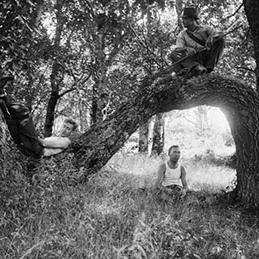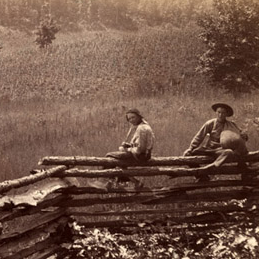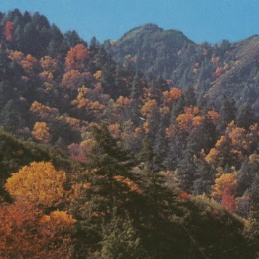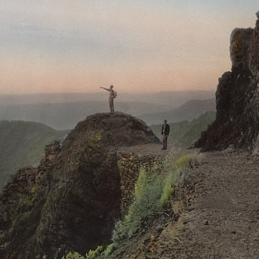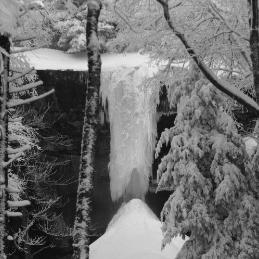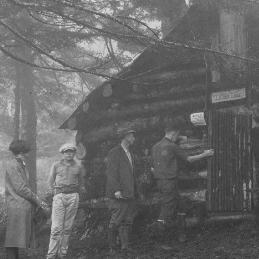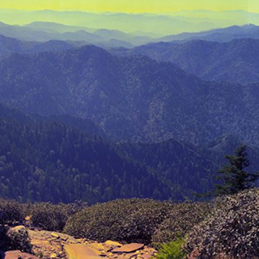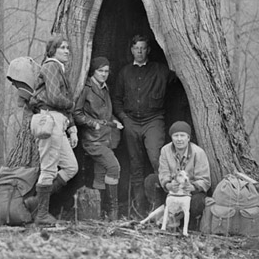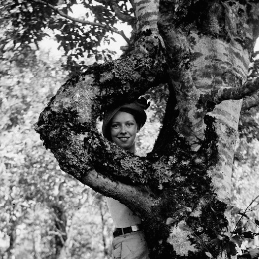Browse
"Grasses New to North Carolina." Castanea: The Journal of the Southern Appalachian Botanical Club 4, no. 4/5 (1935): 50-55.
The Grasses of North Carolina. Duke University Press, 1948.
Great Smoky Mountains. Professional Video, 2008.
Waterfalls of the Blue Ridge. 2nd ed. Birmingham, AL: Menasha Ridge Press, 1996.
Long Time Leaving: Dispatches from up South. Alfred A. Knopf, 2007.
Back home in Blount County : An Illustrated History of its Communities. Maryville, TN: The Trust, 1986.
The History of Blount County, Tennessee and its People, 1795 - 1995. Maryville, TN: The Committee : Printed in the USA by Walsworth Publishing, regional director Don Mills, Inc. , 1995.
"Cades Cove Voters." Smoky Mountain Historical Society Newsletter 16, no. 3 (1990): 66-71.
"Cades Cove Voters." Smoky Mountain Historical Society Newsletter 16, no. 3 (1990): 66-71.
Dendroecology of American Beech Stands Infested with Beech Bark Disease: A Comparative Study of Stand Dynamics and Temporal Growth Features. Resources Management and Science Division, Great Smoky Mountains National Park, 1995.
"The Importance of Increment Core Samples and Disturbance History in the Evaluation of Old-growth Forests in Great Smoky Mountains National Park." Natural Areas Journal 14, no. 2 (1994): 140-142.
Some Thoughts and Field Observations Regarding Quercus/Castanea Forests of the Great Smoky Mountains National Park. Resources Management and Science, Great Smoky Mountain National Park, 1995.
The Tsuga Search Project: Documenting and Preserving Superlative Eastern Hemlock. Eastern Native Tree Society, 2007.
"The Importance of Increment Core Samples and Disturbance History in the Evaluation of Old-Growth Forests in Great Smoky Mountains National Park." Natural Areas Journal 14, no. 2 (1994): 140-142.
"The Blue Ridge Parkway Directory." (1996).
Blue Ridge Parkway Directory & Travel Planner. 60th ed. Blue Ridge Parkway Association, 2009.
Home for Christmas. Kensington Pub. Corp., 1992.
"Unraveling the Gordian Knot: Interactions among Vegetation, Topography, and Soil Propertiesin the Central and Southern Appalachians." Journal of the Torrey Botanical Society 133, no. 2 (2006): 321-361.
"Predicting Rare Plant Occurrence in Great Smoky Mountains National Park, USA." Natural Areas Journal 23, no. 3 (2003): 229-237.
Modeling the Occurrence of Rare Plant Populations at the Landscape Scale, Edited by Peter S. White. Chapel Hill, NC: University of North Carolina, 2000.
A Comparison of Late Prehistoric Dallas and Overhill Cherokee Subsistence Strategies in the Little Tennessee River Valley. Knoxville, TN: University of Tennessee, 1980.
"Hiram Bogle (1818-1885)." Smoky Mountain Historical Society Journal and Newsletter 34, no. 3 & 4 (2008): 2-22.
"Lead in Vegetation, Forest Floor, and Soils of the Great Smoky Mountains National Park." Environment International 13, no. 3 (1987): 235-246.
Lead in Vegetation, Forest Floor Material, and Soils of the Spruce-Fir Zone, GSMNP In The Southern Appalachian Spruce-Fir Ecosystem: Its Biology and Threats. Gatlinburg, TN: Uplands Field Research Laboratory, 1984.



